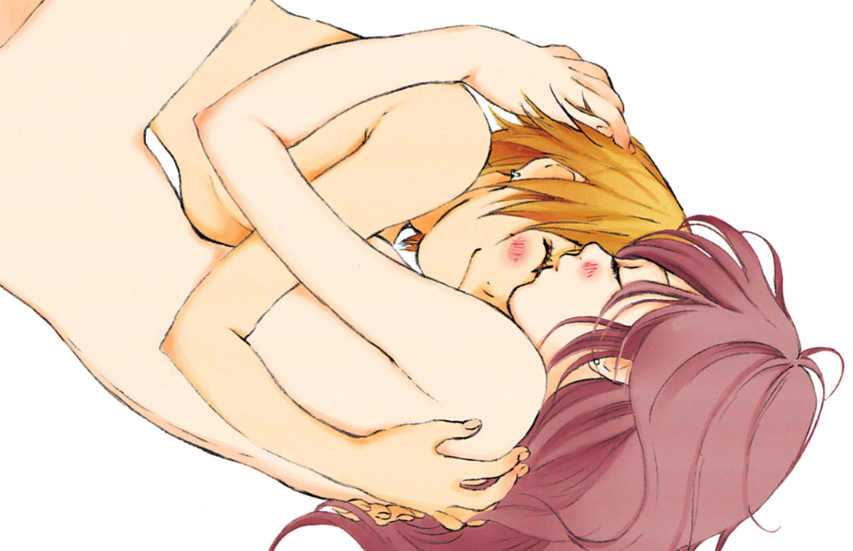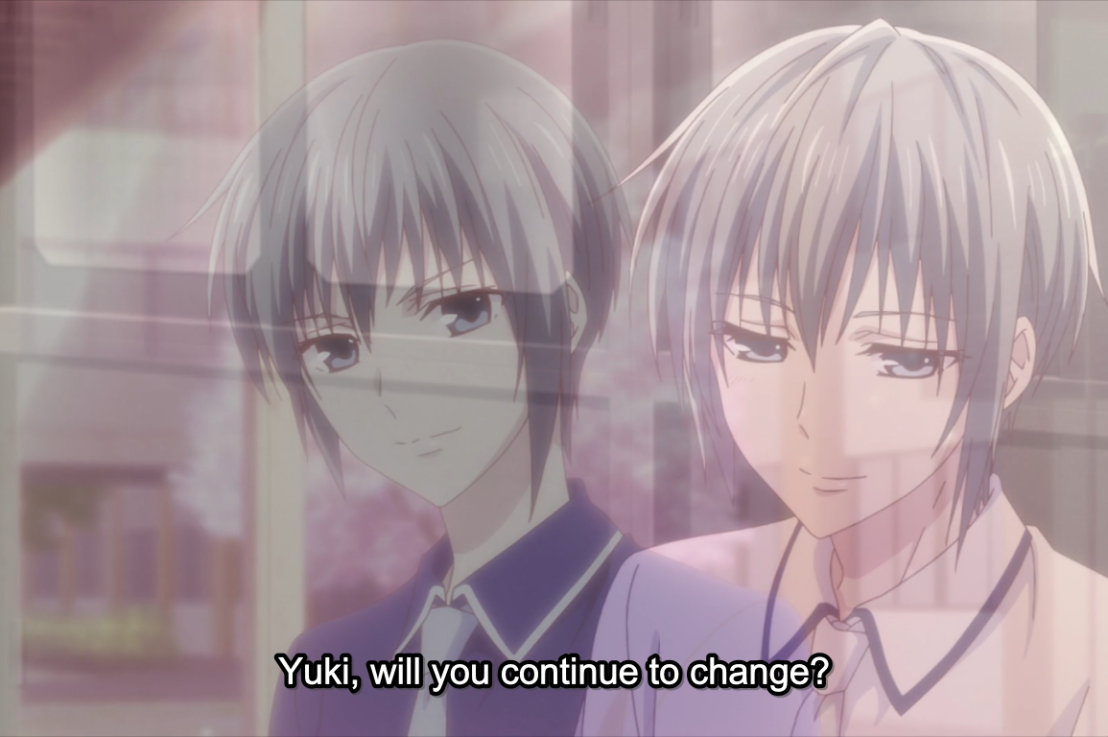At one point in the early 2000s, Yu-Gi-Oh (“The King of Games”) permeated United States popular culture. The average person may not have comprehended the characters or story, but may have recognized the spiky tri-colored hair of the protagonist or the tawny playing cards from the gaming-themed urban fantasy series.
While creator Kazuki Takahashi’s original manga began in 1996 in Japan, the series didn’t take off in the US until an English language version of an anime adaptation hit American airwaves on Kids’ WB in 2001. The English version of Yu-Gi-Oh! Duel Monsters, shortened to simply Yu-Gi-Oh, produced by 4Kids Entertainment introduced a generation to the ongoing franchise. The Konami trading card game based on the fictional game of Duel Monsters followed in 2002 in the US, as did the publication of Takahashi’s unabridged manga from VIZ Media in 2003.
The phenomenon extended well beyond television, game shops, and bookstores. Yugi Muto and the Ancient Egyptian spirit sharing his body decorated magazines, apparel, cereal, and much more across everyday supermarkets. Yu-Gi-Oh could even be found in other works of fiction in the form of parody and references.
Continue reading “For the Love of the Game: Yu-Gi-Oh Parody Now and Then”








